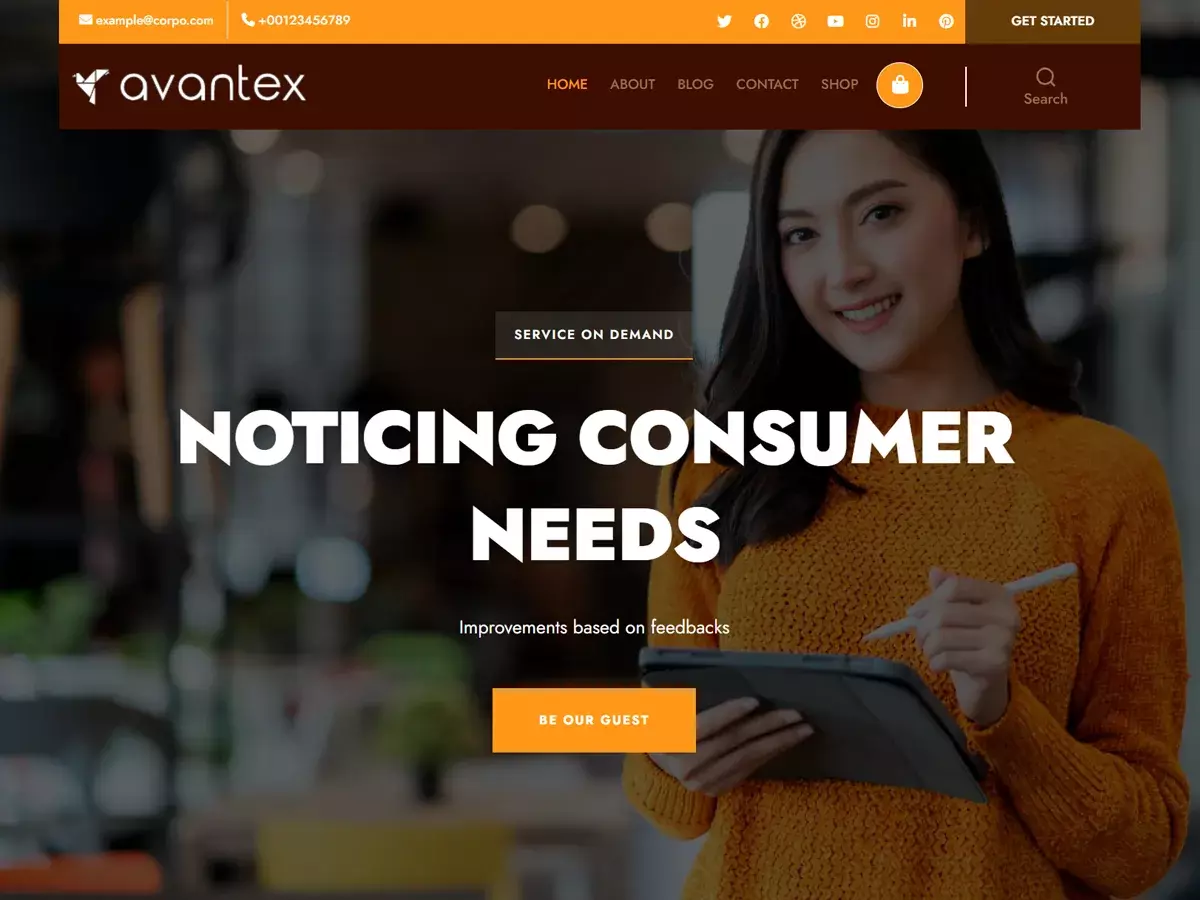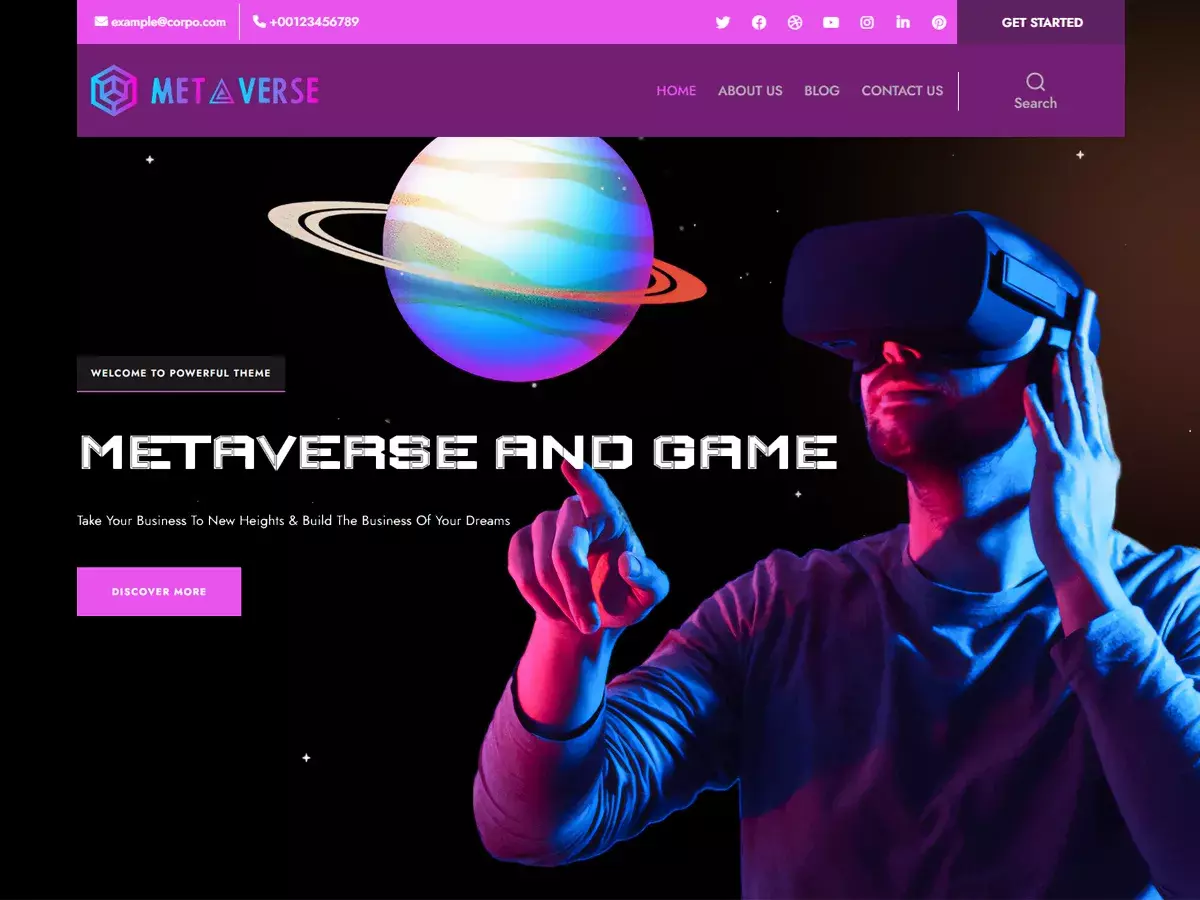Setting Context in AI: A Deeper Look
One area where users of large language models (LLMs) often find themselves struggling is the matter of context-setting. Many users approach these AI models expecting to get a precise answer to any question without much effort. However, the reality tends to differ. Without a well-defined context, you’re often left with ambiguous or overly broad answers that may not be helpful to your specific needs.
Let’s draw a parallel here. Consider yourself atop a bustling city building, overlooking a packed square. You shout out, “What book should I read?” Each person in that crowd will likely give you a different answer. Some may suggest the Bible, some a romance novel, and others a historical fiction. Your question was too broad to garner any specific or helpful response.
Contrarily, imagine strolling into a bookstore, making your way to the science fiction aisle, and asking someone there the same question. Given the setting, it’s evident you’re seeking a science fiction recommendation. That’s what setting context is all about, and the same principle applies to working with LLMs.
In interacting with these models, it’s important to set the context. LLMs come equipped with tools for custom instructions that can help guide the model’s output towards your requirements. However, the onus is on you, the user, to make the best use of these tools.
For instance, if you’re a digital marketer seeking expert digital marketing advice, it’s crucial to express this clearly. Merely asking for marketing advice without specifying your level of expertise and desired focus area could lead to generic, unhelpful responses.
The LLMs are quite adept at narrowing down the context through iterative questioning. However, the most effective way to establish context in AI conversations is through multi-shot prompts as opposed to single-shot prompts. In a multi-shot approach, you can ask several context-setting questions that guide the model towards a more targeted and nuanced understanding of your query.
Practical Examples and Testing this Idea
A great way to comprehend and test context setting in LLMs is through practical examples. Consider the following situations:
Scenario 1: You’re a beginner programmer looking for help in JavaScript.
Single-shot prompt: “What’s the best way to learn coding?”
Multi-shot prompt:
- “I’m a beginner in programming.”
- “I’ve decided to learn JavaScript.”
- “What are the best resources or methods for learning JavaScript for someone at my level?”
The multi-shot approach specifies your level of expertise (beginner), your focus area (JavaScript), and what exactly you need (best resources or methods).
Scenario 2: You’re a business executive wanting to understand how AI can benefit your company.
Single-shot prompt: “What are the benefits of AI?”
Multi-shot prompt:
- “I’m a business executive.”
- “I’m exploring ways to leverage AI in my company.”
- “What specific benefits can AI bring to my business operations, given that we are primarily in the retail sector?”
The multi-shot prompt creates a clear context – an executive in the retail sector wanting to understand AI’s benefits for their specific industry.
These examples should give you a clear idea of how to set the context and leverage multi-shot prompts for more relevant and accurate responses from LLMs. Try this out in your interactions with the AI and observe the difference in the quality of responses you receive.










Comments are closed for this post.